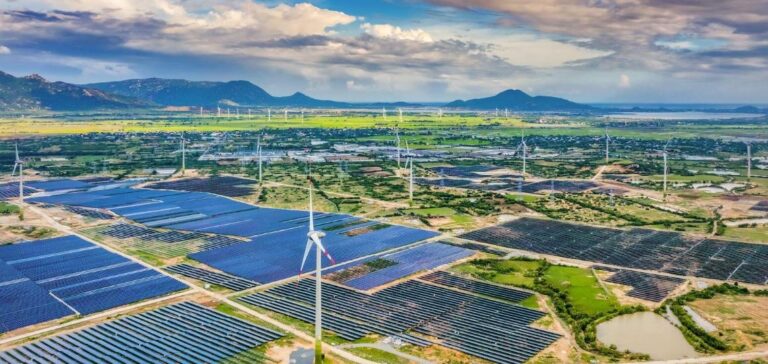The Association of Southeast Asian Nations (ASEAN) could power up to 30% of its data centre electricity demand using wind and solar energy by 2030 without relying on battery systems. This projection is based on findings from a report published on May 27 by the energy think tank Ember, which calls for policy reforms to align energy transition objectives with digital infrastructure expansion.
Digital infrastructure is placing increasing pressure on the grid
Electricity demand from the information and communication technology sector is rapidly rising in the region, as six key economies — Indonesia, Malaysia, the Philippines, Singapore, Thailand and Viet Nam — emerge as development hubs for data centres, with 2.9 GW of new capacity under construction. This growth raises concerns over grid stability, as most electricity generation in the region is still heavily reliant on fossil fuels.
Malaysia is expected to experience the fastest growth in this segment, with data centre electricity use projected to reach 68 TWh by 2030, up from 9 TWh in 2024. This would represent approximately 30% of the country’s total electricity consumption, surpassing Singapore’s national consumption in 2023. Associated greenhouse gas emissions could reach 40 MtCO₂e in Malaysia, the highest level in the region.
Renewable energy potential without storage systems
Ember notes that this partial transition to wind and solar power does not necessarily require battery deployment, often viewed as a logistical and financial barrier. The adoption of targeted policies, improved electricity market access and regional planning could support digital growth while containing emissions.
“ASEAN’s booming data centre sector risks undermining energy transition goals without urgent intervention,” said Shabrina Nadhila, energy analyst at Ember. She recommends implementing national frameworks tailored to data centres, expanding access to renewable electricity purchase agreements, and integrating energy efficiency standards from the design phase onward.
Procurement mechanisms to support the transition
Large technology companies typically rely on direct power purchase agreements (PPAs) for renewable energy, but smaller operators require access to flexible tools such as virtual PPAs and green tariffs. These instruments could also aid in integrating intermittent renewable sources into the grid.
Additionally, the adoption of national energy efficiency standards would help limit electricity use by new data centres. Such a strategy would reduce stress on power systems while supporting more stable digital growth in the region.






















